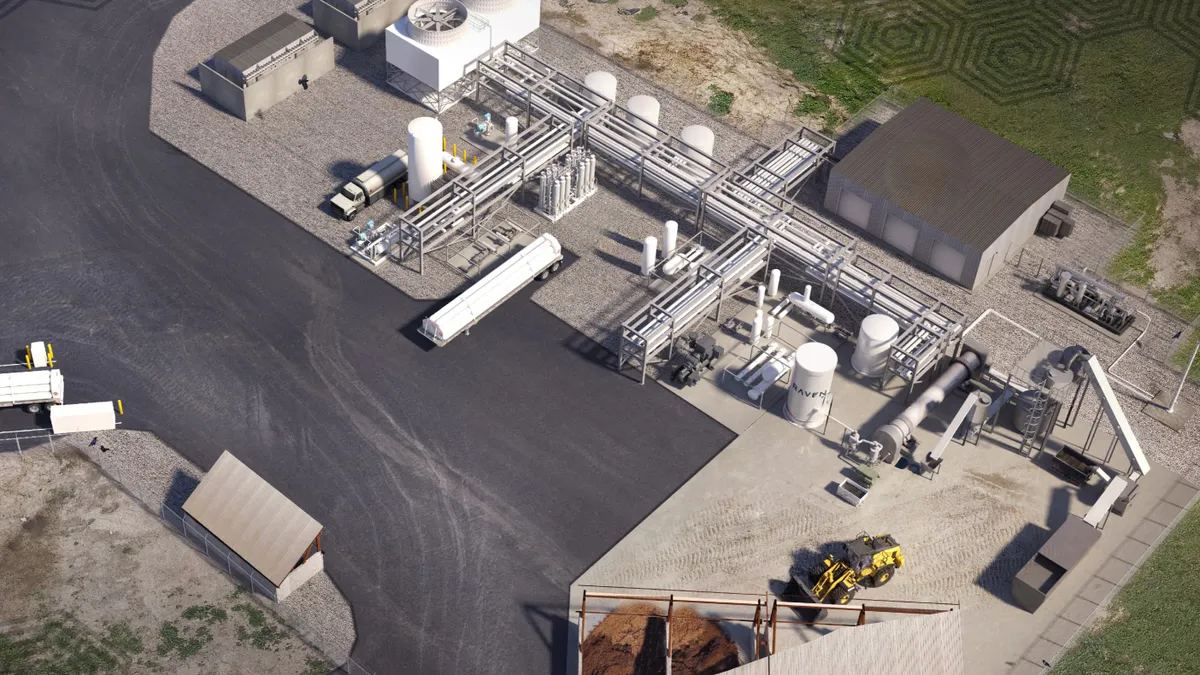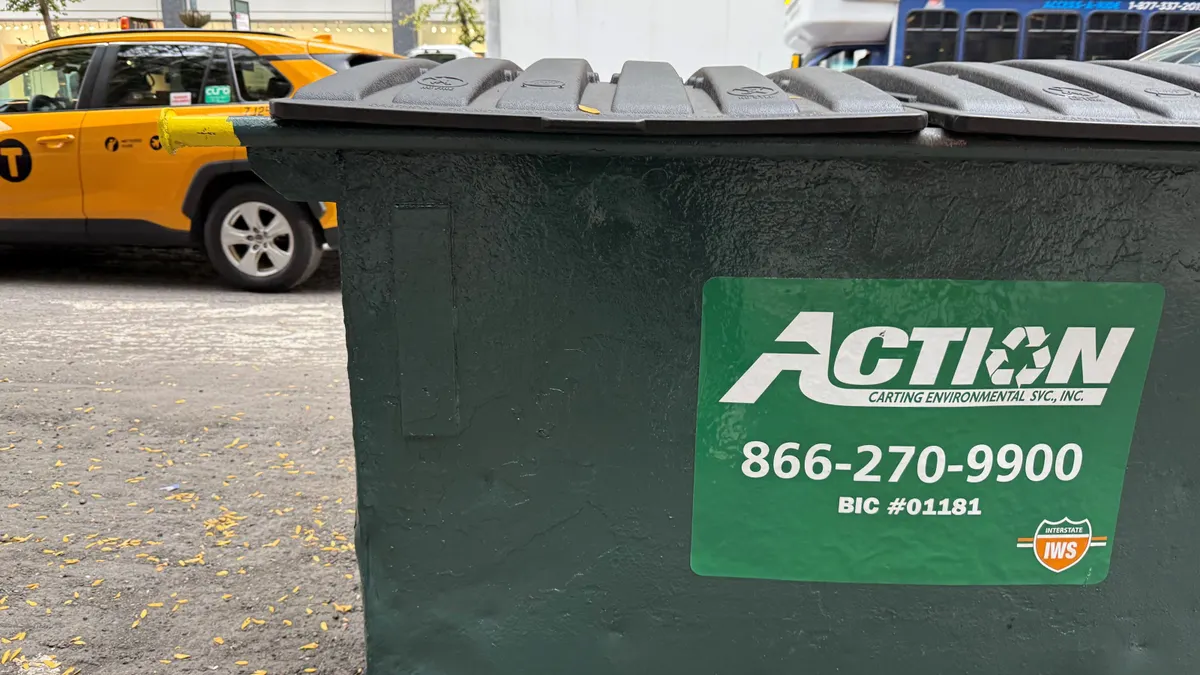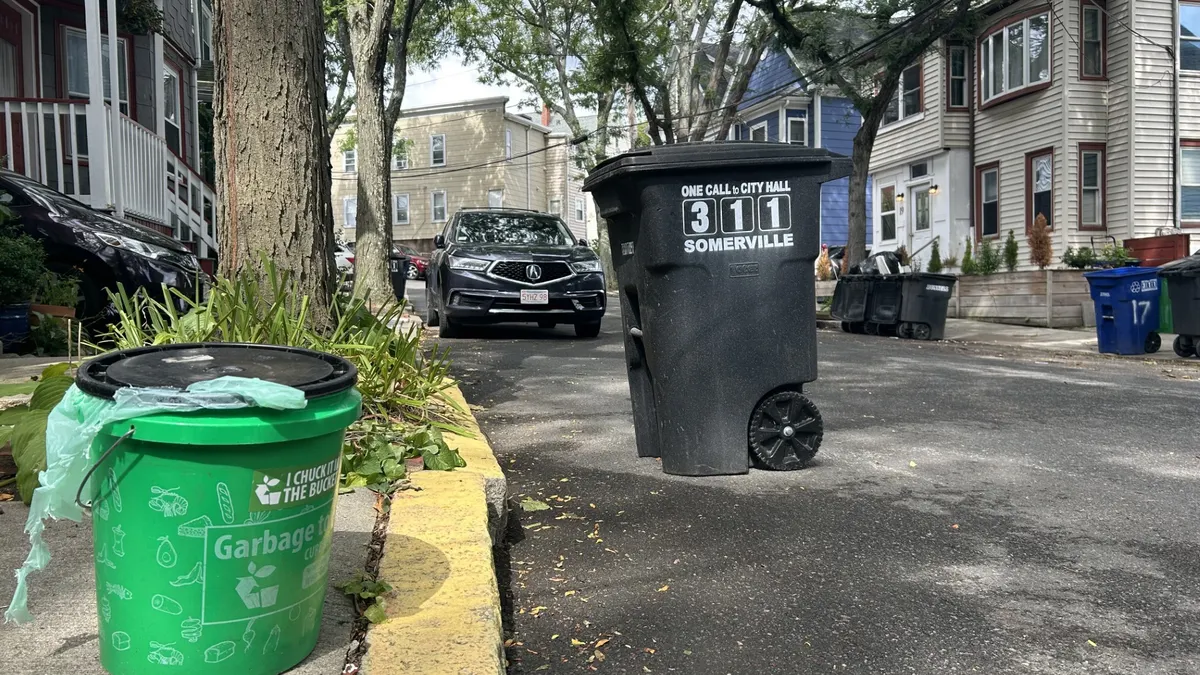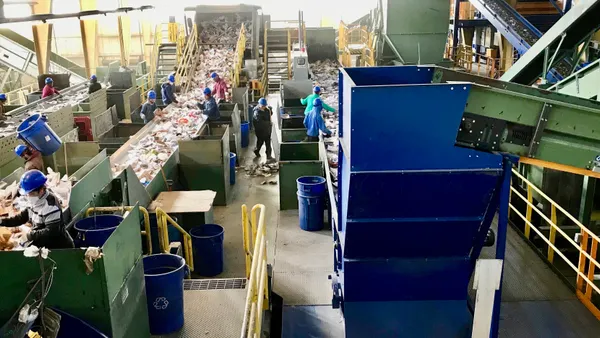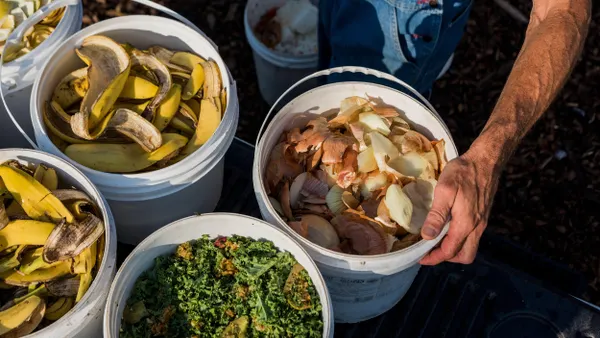Dive Brief:
- Raven SR, which has piloted technology capable of producing hydrogen fuel from organic waste, received an air permit and authority to construct its first planned facility in Richmond, California, the company announced last week.
- Raven partnered with Republic Services to site its $75 million facility on the closed West Contra Costa Sanitary Landfill. Raven's facility will process up to 99 wet tons of biomass — including yard waste, agricultural residues and untreated construction wood, but not food waste — per day.
- The facility is expected to produce up to 2,400 metric tons of hydrogen annually once operational. It still needs a final permit from Richmond, which CEO and cofounder Matt Murdock said should be straightforward to attain. He expects construction will begin on the facility early next year.
Dive Insight:
Raven, founded in 2018 and based in Wyoming, aims to commercialize the process of converting organic waste to synthetic gas and then to hydrogen fuel. Raven says its process is more efficient than competing forms of hydrogen fuel production and does not use fresh water — a priority in California.
Early investors included Samsung Ventures and Chevron New Energies, the latter of which holds a 50% equity stake in Raven SR, with other partners coming on in subsequent funding rounds. Chevron plans to market the hydrogen fuel produced by Raven's Richmond plant in Northern California. Hyzon Motors, which produced the first operable hydrogen fuel cell refuse vehicle in the U.S., was also an early investor in Raven but has since gone out of business.
Murdock said he's learned a lot by watching other hydrogen fuel ventures launch and fail in recent years. He said he's learned two key lessons: don't be dependent on government subsidies and don't load your venture with debt. Raven is funded through equity agreements, he noted. And while the company expects to benefit from certain tax credits, Murdock said they're not necessary to make the Richmond facility pencil out.
The facility itself will take about an acre and a half of space, with half of that space used for trucks delivering waste and picking up the final hydrogen fuel. Raven will process about 100 tons per day of material and produce about 60% to 70% of its own energy, the rest of which Murdock hopes to obtain from other renewable sources. The facility will produce about 2,400 metric tons of hydrogen annually.
Raven and Republic first announced their partnership in 2021. Raven leases its site from the waste company, and is set to receive all of its feedstock from Republic’s existing transfer station on the closed landfill site. A spokesperson for Republic Services declined to comment further on the partnership.
The more than three years it's taken to get the project permitted is longer than Raven and its partners hoped, Murdock said. The facility initially sought a solid waste facility permit, but was discouraged from taking in food waste by officials who said that the material should be diverted to compost. Raven switched to obtain a biomass conversion facility permit instead.
Along the way, Raven has continued to refine its facility plans to maximize its efficiency. Murdock said there was a lot of excitement for hydrogen fueling when Raven first announced its California facility. But that excitement has cooled somewhat as renewable sources of the fuel remain few. The Trump administration has also pulled back federal support for hydrogen fuel, forcing California’s hydrogen hub to pause operations after losing $1.2 billion in funding.
With the launch of Raven’s facility, which the company expects will occur in 2027, Murdock hopes the pendulum will swing back toward hydrogen vehicles.
Once it’s operational, the Richmond facility can produce a hydrogen fuel that is priced competitively to traditional hydrocarbons, Murdock said. The company already has another facility in development in Spain, and is planning additional locations in the United States. He said the technology is straightforward to replicate at future sites, and can be modified to support the production of sustainable aviation fuel, methanol or other next-generation fuels that are seeing rising demand.
“If we can produce a low-cost hydrogen and get it into the market... that's going to be a big deal,” Murdock said. “My hope is that we can start pushing the dominoes the other way, and people start coming back into the market.”


